Text and Photos by Henrylito D. Tacio
Bamboo, the “poor man’s timber,” is extensively used in the banana and fishing industries. In rural areas, bamboo is a popular construction material for houses, particularly the nipa hut. The bamboo shoots, with saluyot and coconut milk, are a hit among food connoisseurs.
But not yet fully exploited are the chemicals found in bamboo, which have been assumed to have healing properties.
This must be the reason why the Philippines is now exploring bamboo varieties that grow in rivers and volcanic areas, as they may have huge economic potential for pharmaceutical-industrial products.
So much so that the Department of Environment and Natural Resources (DENR), in tandem with Cagayan State University (CUS)-Gonzaga, is carrying out a phytochemical screening and DNA barcoding of economically important bamboo species in Cagayan Valley.
This is the first time such a study is being conducted, according to a press statement issued by DENR. The study is carried out as part of the objective of conserving and propagating the species in typhoon-affected Cagayan Valley.
“Cagayan is rich in natural systems, not only agro-ecosystems but grasslands, and others like waterfalls and volcanic areas where sulfur-rich soil is found,” said Jeff M. Opeña, the study leader of the Bamboo Characterization Project. “For example, we will study if the Bayog bamboo species carries different morphological and phytochemical characteristics when they are grown in sulfur-rich volcanic areas.”
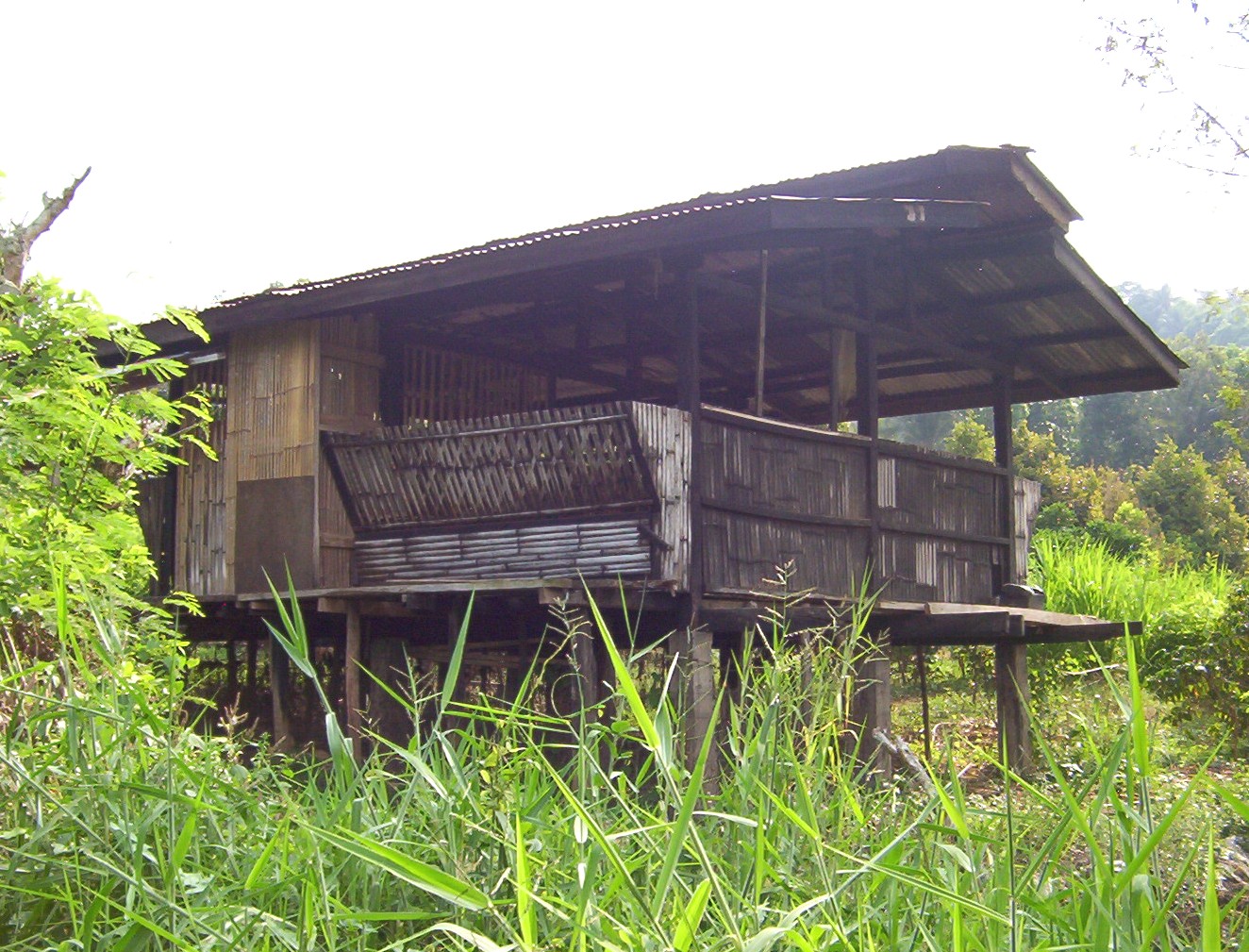
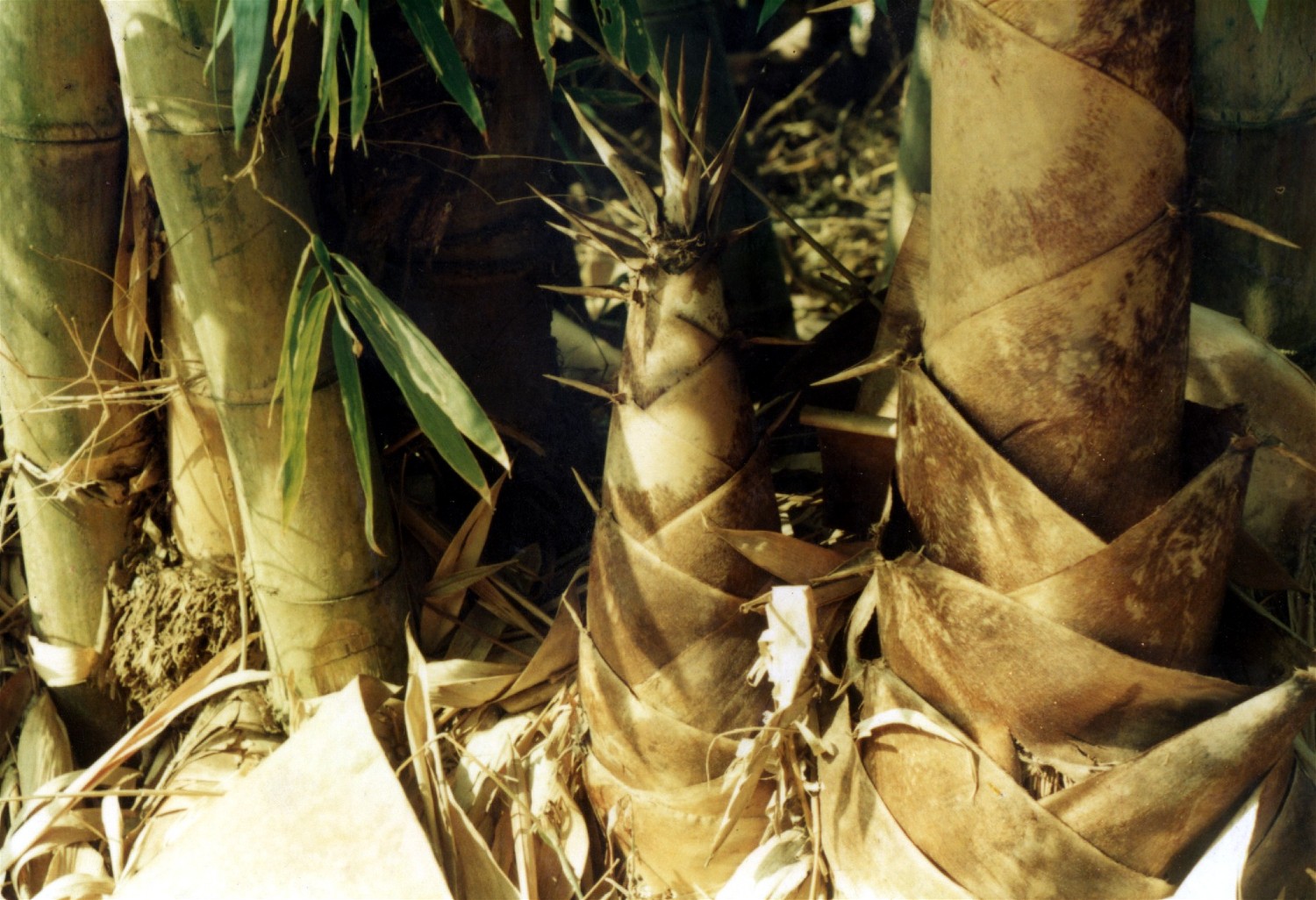
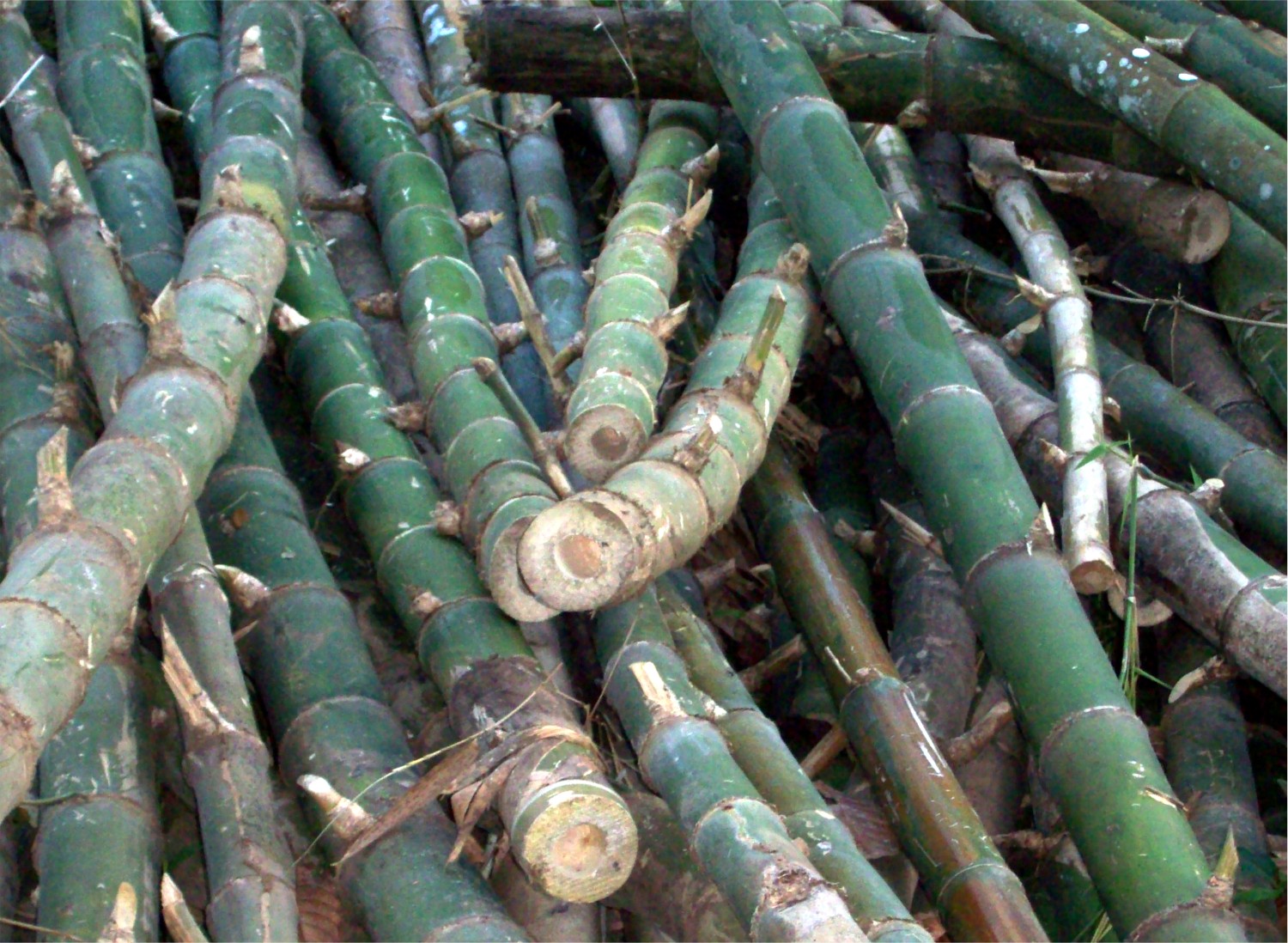
Targets for the study are the bamboo species that grow in two of Cagayan Valley’s volcanoes – the Smith Volcano (also called Mount Babuyan, which is politically located in Calayan Island) and Mount Cagua in Gonzaga.
“Bamboo has numerous industrial, pharmaceutical, phytochemical, medical, nutritional, and food advantages,” said Alvin Jose L. Reyes and Eddie B. Abugan, Jr. of the DENR’s Project Management Division (PMD). “Characterization of bamboo germplasm is an important connection between conservation of diversity and utilization of germplasms.”
Germplasms are seeds or living tissues that carry genetic resources useful in plant breeding and conservation.
DNA barcoding is a modern and innovative way to characterize bamboo species. It hastens experts’ identification of the species that they desire to use based on traits – such as fast propagation or medicinal properties.
Bamboo has been traditionally characterized based on its flowering frequency or abundance – annual flowering, sporadic or regular flowering, and gregarious flowering.
“However, characterization using floral morphology posed a limitation and difficulty due to the requirement of a long period of time which can occur in years or even decades,” Reyes and Abugan said.
In addition, biochemical characterization through phytochemical (plant chemistry) screening enables experts in pharmaceuticals and medicine to detect plant secondary metabolites in bamboo, which have utilization potentials in the industry.
“While primary metabolites include small molecules like amino acids and sugars, secondary plant metabolites such as alkaloids, anthocyanin, flavonoids, phenols, saponins, steroids, tannins, and terpenoids are studied for medicinal plant herbal purposes, among other possible commercial uses,” the press statement said.
During the time of Roy A. Cimatu as environment secretary, he ordered the extensive propagation of bamboo in Cagayan Valley in November 2020 to prevent massive flooding that plagued the province arising from Typhoon Ulysses.
Bamboo is also being planted in the rivers of Marikina and Bicol, both areas are usually flooded during typhoons.
Bamboo prevents soil erosion to which riverbank communities have been predisposed to danger. Studies have shown that a hectare of bamboo retains 30,000 liters of water during the rainy season.
Bamboo plants are excellent cover for vegetating riverbanks to protect them from erosion. These have a root system called “rhizomatous” and come in clumps. This rooting system helps keep soil together.
Aside from preventing flooding effects of typhoons and controlling soil erosion, DENR also aims to use bamboo as a tool to mitigate climate change. “The fast growth of bamboo enables it to store more carbon from the atmosphere making it important in climate change mitigation,” states the DENR’s Ecosystems Research and Development Bureau (ERDB).
In 2013 to 2014, ERDB conducted a study assessing the carbon sequestration of four economically important bamboo species: “bolo” (Gigantochloa levis), “buho” (Schizostachyum lumampao), giant bamboo (Dendrocalamus asper), and “kawayan-tinik” (Bambusa blumeana).
The study revealed that bamboo can store 39.8 to 44.3 percent of carbon in its total biomass. In addition, its carbon sequestration ability is almost comparable to trees (47.66%) which makes it an ideal element for reforestation efforts.
There’s a big demand for bamboo these days. After all, Executive Order 879 mandates that 25% of the annual school desks of the Department of Education should be made of bamboo. EO 879 is the law behind the creation of Philippine Bamboo Industry Development Council (PBIDC).
DENR is also promoting its use as lumber substitute using engineered bamboo.
While it has extensive use as raw material in many industries, the Philippines’ bamboo export actually slowed from a high of 106,000 kilos in 2011 to 35,000 in 2015 and even further lower to 8,00 kilos in 2018, according to Statista.com. Exports just picked up to 66,000 in 2020.
The DENR bamboo project is seen over the long term to help boost bamboo exports.
The environment department is also pushing for the creation of mini “bamboo forests” in all of the country’s more than 1,500 cities and municipalities in an aim to create a nature-friendly, export-oriented bamboo lumber industry.
So many innovations have been done in recognition of the importance of bamboo in the country.
The Department of Science and Technology Regional Office I (DOST-I), through its Provincial Science and Technology Center in Pangasinan awarded a Bamboo Splitter Machine to the kaing (bamboo basket) makers of Barangay Pasima, Malasiqui, Pangasinan early this year.
The kaing industry is one of the promising development fronts in the municipality of Malasiqui, and the Bamboo Splitter Machine is one of the identified appropriate science and technology interventions that can help improve the bamboo splitting process of kaing production and make it more effective and cost efficient.
Traditionally, the kaing makers use the jungle bolo and a mallet to break the bamboo. Aside from requiring a significant amount of production time and resulting in unequal split sizes, the splitting procedure utilizing a sharp bolo driven by a mallet creates a risk of accidental cuts on employees. With this upgrade, bamboo can be split in seconds in uniformed proportions, and it reduces the incidence of accidents.
Meanwhile, the moisture meter for bamboo developed by the DOST’s Forest Products Research and Development Institute (FPRDI) is now out in the market.
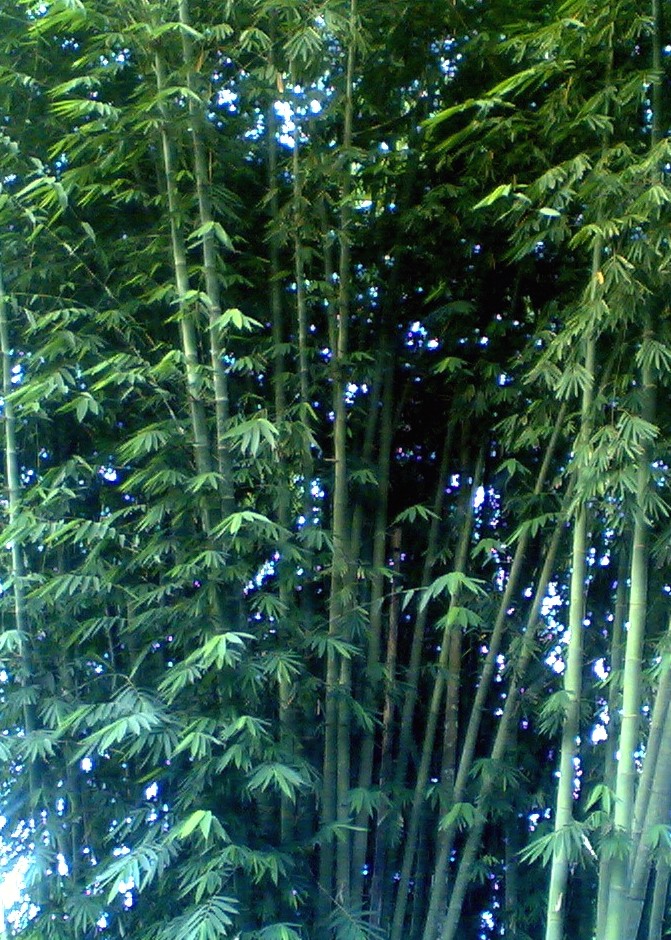
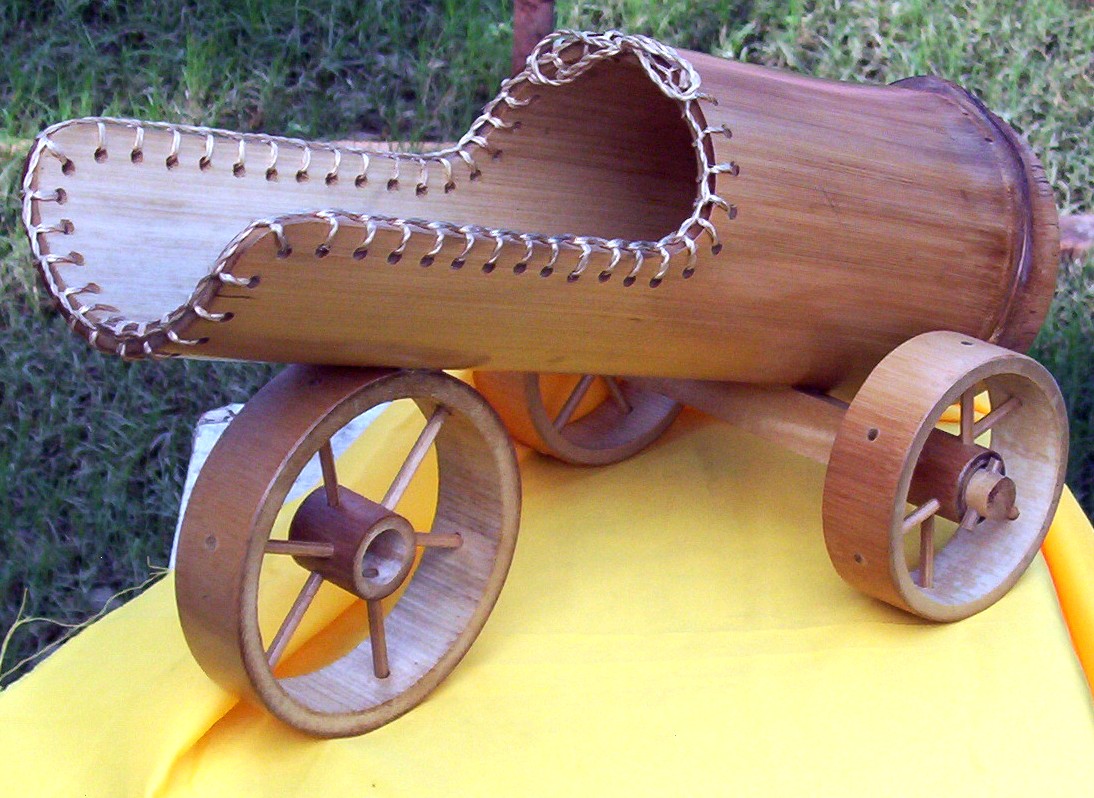
The FPRDI moisture meter is a handheld device that reads the amount of water present in non-timber products. It is specially calibrated for several bamboo species that are widely planted in the country and are used for engineered bamboo. These include “kawayan tinik,” giant bamboo, and “botong” (Dendrocalamus latiflorus).
“Knowing the moisture content is crucial in maintaining the quality of bamboo products. Raw materials must have the same moisture content prior to gluing and finishing to ensure that the final product will not crack or split,” explained project leader Dr. Marina A. Alipon.
Stressing the importance of determining the right moisture content (MC) to lessen the chances of insect or fungus attack, Dr. Alipon also underscored the need to maintain the moisture level of products bound for export.
“For exported local bamboo products to perform well, their MC must approximate those prevailing in the country of destination, otherwise the material will distort, shrink, or crack while in service. The fastest and most convenient way to determine the MC is through the use of a moisture meter,” she added.
The bamboo business, however, is labor intensive, more so during the first two years of operation. Studies have shown that labor alone eats around 90 percent of the total production cost. But the beauty of bamboo growing lies in passing the first two critical growing years.
“If the bamboo survives, you are assured of money for the next 30 to 50 years,” says a bamboo grower. Another good thing: the price of bamboo does not suffer from severe fluctuations unlike pork and chicken. In fact, they are priced depending on the diameter, volume and distance traveled.

